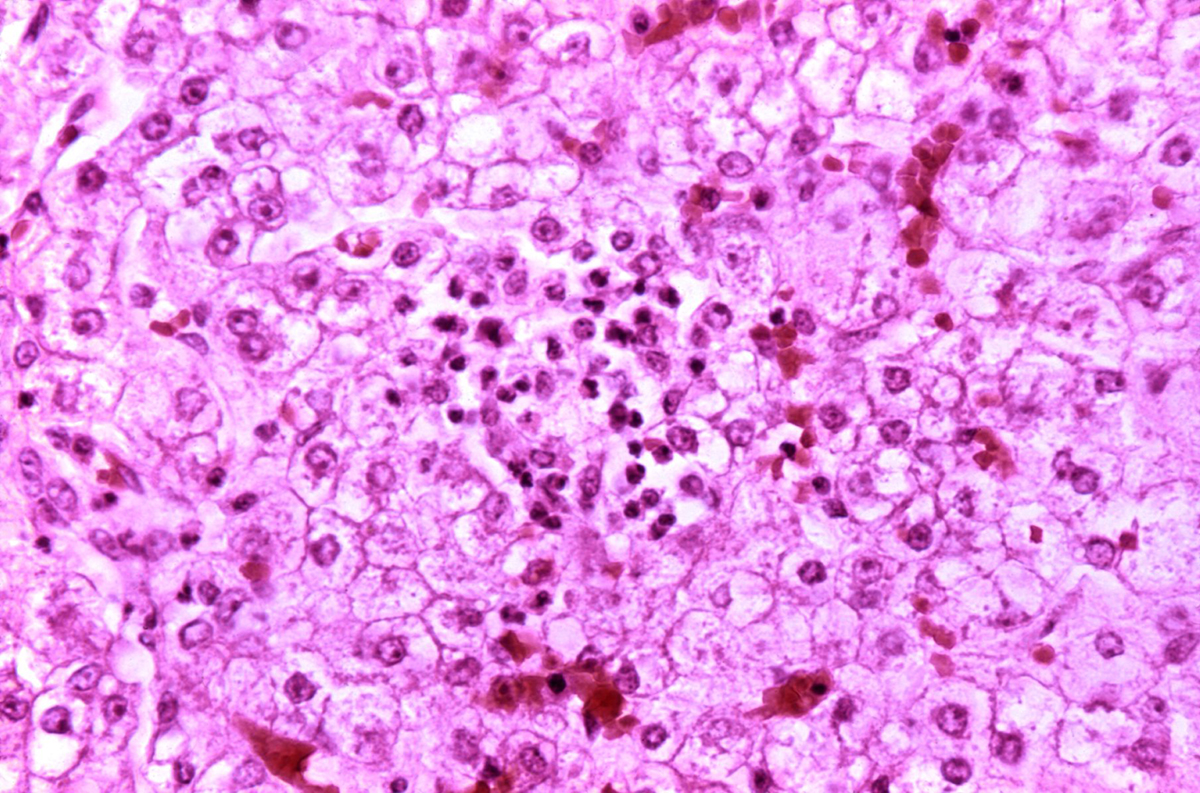
Reye's Syndrome Can Attack any Child, Teen or Adult!
Reye's syndrome is a severe disease characterized by damage to various organs and organ systems. The damage is, however, most intensive in the liver and the brain. The condition is a result of a viral infection and intake of Aspirin. On the other hand, there are cases when one actually has not taken Aspirin and still developed the syndrome.
The syndrome typically goes through 5 stages. In the initial stage patients develop rash on the palms of the hands and on their feet. They also vomit a lot, are lethargic, confused and complain about nightmares and headaches. In the second stage there are encephalitis accompanied by stupor, hyperventilation, fatty liver and hyperactive reflexes. Stage III of Reye's syndrome is actually a progression of the previous two and may result in cerebral edema, coma and sometimes even respiratory arrest. In stage IV patients fall into deeper coma, their pupils are dilated an unresponsive to light and the liver functions but only minimally. And finally, the terminal stage of Reye's syndrome is characterized by deep coma and seizures, multiple organ failure and flaccidity. The liver simply cannot process any waste substances any more which leads to hyperammonemia.
In spite of general belief that Reye's syndrome affects only children, the syndrome can also be diagnosed in adolescents and adult individuals.
Treating Reye's Syndrome
Unfortunately, there is no cure for Reye's syndrome. The outcome is better if the condition is diagnosed in early stages when symptomatic therapy may bring certain symptoms under control and prevent irreversible damage to various organs. For example, by reducing brain swelling in an early stage permanent neurological sequelae can be avoided. Similarly lung complications and cardiac arrest cab be efficiently prevented with optimal and timely supportive care.
All patients are hospitalized, some of them even end up in the intensive care unit. Close monitoring of the patient's vital signs (e.g. blood pressure, respiration etc.) is of utmost importance. All the medications, electrolytes and fluids are administered intravenously. Diuretics are drugs that can decrease intracranial pressure, antiepileptic agents bring seizures under control and vitamin K, plasma and platelets may be administered once the liver loses its function to control blood coagulation. More severe cases when patients simply cannot breathe on their own require a breathing machine.
It is essential to be sure that the person is actually suffering from Reye's syndrome. Certain other conditions may resemble the syndrome and these need to be excluded.
Recovery from Reye's syndrome depends on the severity of the brain and liver damage. While some patients completely recover and restore all the functions that have been jeopardized, other suffer permanent sequelae and varying degrees of brain damage. This is particularly seen among patients who are in a coma. The earlier the diagnosis is established and treatment initiated the better the prognosis is.
Currently there are many research studies that focus on many questions regarding Reye's syndrome especially the problems in the body's metabolism that cause damage to the brain and the liver. Scientists hope that one day they will be able to completely understand the condition and find the most efficient treatments which will help patients completely recover and suffer no permanent damage to any of the affected organs.
Reye's Like Syndromes
Diagnosing Reye's syndrome may sometimes be rather challenging. This is because there are many other conditions that resemble Reye's syndrome. Due to the mentioned doctors suspecting Reye's syndrome must always exclude similar conditions. Still, confirmation of the actual condition and exclusion of other potential ones cannot be achieved quickly which sometimes makes matter worse.
There is no single test ( blood test, test related to body tissues etc) that can efficiency rule out other illnesses and easily confirm Reye's syndrome. So, being skilled enough and thinking quickly, along with opting for the most reliable tests that may exclude other conditions is of the major importance.
Disorders that may superficially resemble Reye's syndrome include septicemia (bacteremia), severe neonatal coarctation of the aorta, enteric fevers, meningitis and hemorrhagic/toxic shock-encephalopathy syndrome. Furthermore, near-miss sudden infant death syndrome, severe cases of dehydration, anicteric liver failure and Aspirin poisoning may precipitate symptoms and signs resembling those in Reye's syndrome.
Apart from the mentioned there are also over 20 inherited disorder that can be easily confused with Reye's syndrome. Some of these are multiple carboxylase deficiency, glycogenosis, medium/very long chain acyl CoA dehydrogenase deficiency (MCAD), triple -H syndrome, citrullinemia, carnitine palmitoyltransferase deficiency, lysinuric protein intolerance, carbamoyl phosphate synthetase deficiency and so on. Now, the age of the child, previous history of an illness, family history of SIDS or unexpected death in siblings, absence of vomiting and agitation in early stages as well as previous history of similar disease may help doctors differentiate Reye's syndrome from inherited disorders.
All in all, the syndrome is severe and requires prompt treatment so that a patient will survive and avoid long-term complications.



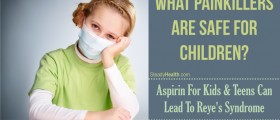







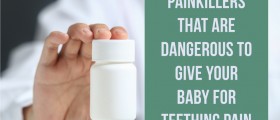


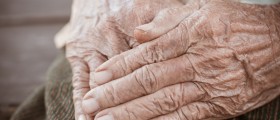

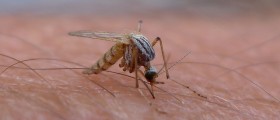
Your thoughts on this
Loading...